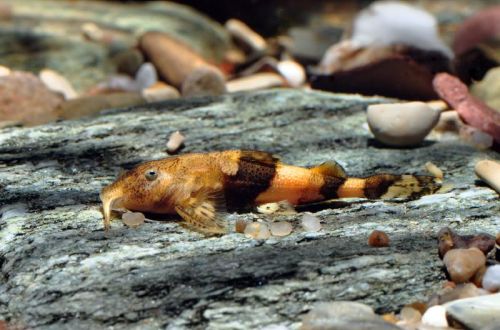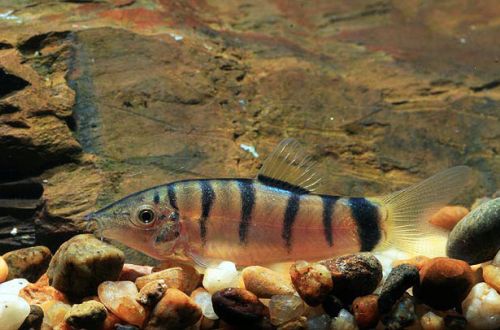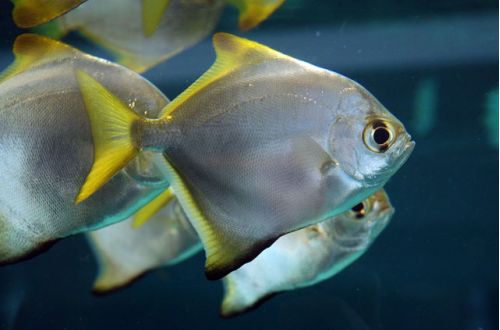
Somik valley
Belted catfish or Catfish-chisel, scientific name Caelatoglanis zonatus, belongs to the Erethistidae (Characeae) family. Rarely seen in the hobby aquarium. Most commercially available specimens are caught from the wild. Exported fish are difficult to acclimatize and may not accept commercial feed at first. In this regard, they are not recommended for beginner aquarists.

Contents
Habitat
It originates from Southeast Asia from the Ataran River basin, which flows mainly through the territory of the Karen state in Myanmar, bordering Thailand in the east. The headwaters of the river originate in hilly/mountainous areas. A typical biotope is a shallow riverbed with rocky or sandy substrates, with clear, clear water rich in dissolved oxygen.
Brief information:
- The volume of the aquarium – from 80 liters.
- Temperature – 22-28°C
- Value pH — 6.5–7.5
- Water hardness – 5–15 dGH
- Substrate type – rocky or sandy
- Lighting – subdued
- Brackish water – no
- Water movement – moderate
- The size of the fish is about 4 cm.
- Diet – sinking food for carnivorous species
- Temperament – peaceful
- Content in a group of 10 individuals
Description
Adult individuals reach a length of about 4 cm. The integuments of the body are hard and covered with sharp spines. The head is protected by bony plates. The eyes are located on the top of the head and look up. The first rays of the fins have changed into spikes. A characteristic feature of this fish is the structure of the mouth. It is elongated and flattened, resembling a chisel tool in shape. A similar feature is reflected in the name of this species. The coloration is yellow-orange with three dark stripes encircling the body.
Food
In nature, it feeds on small invertebrates, looking for them among the stones. In the home aquarium, they will accept live or frozen foods (brine shrimp, daphnia, bloodworms), as well as specialized foods designed for carnivorous species. They are nocturnal, feed after the lights are turned off.
Maintenance and care, arrangement of the aquarium
The optimal size of the aquarium for a group of 10 individuals starts from 80-100 liters. The design uses sandy or rocky soil, heaps of stones, rocks, several large snags. Their decorative elements form shelters according to the number of catfish in which they will hide during the daytime. Live aquatic plants are not required as they are not present in their natural habitat.
An important condition for the successful keeping of the Girded Catfish is the maintenance of high water quality in an acceptable range of temperatures and values of hydrochemical parameters. Do not allow the accumulation of organic waste that can lead to disruption of the nitrogen cycle. The key to a healthy aquarium is the regularity of its maintenance procedures and its equipping with the necessary equipment, primarily a filtration and aeration system.
Behavior and Compatibility
Peaceful calm fish, are active only during feeding after turning off the light. They prefer to be in a group, it is recommended to maintain a population of at least 10 individuals. Compatible with many other non-aggressive species of comparable size.
Fish diseases
The cause of most diseases is unsuitable conditions of detention. A stable habitat will be the key to successful keeping. In the event of symptoms of the disease, first of all, the quality of the water should be checked and, if deviations are found, measures should be taken to correct the situation. If symptoms persist or even worsen, medical treatment will be required. Read more about symptoms and treatments in the Aquarium Fish Diseases section.





